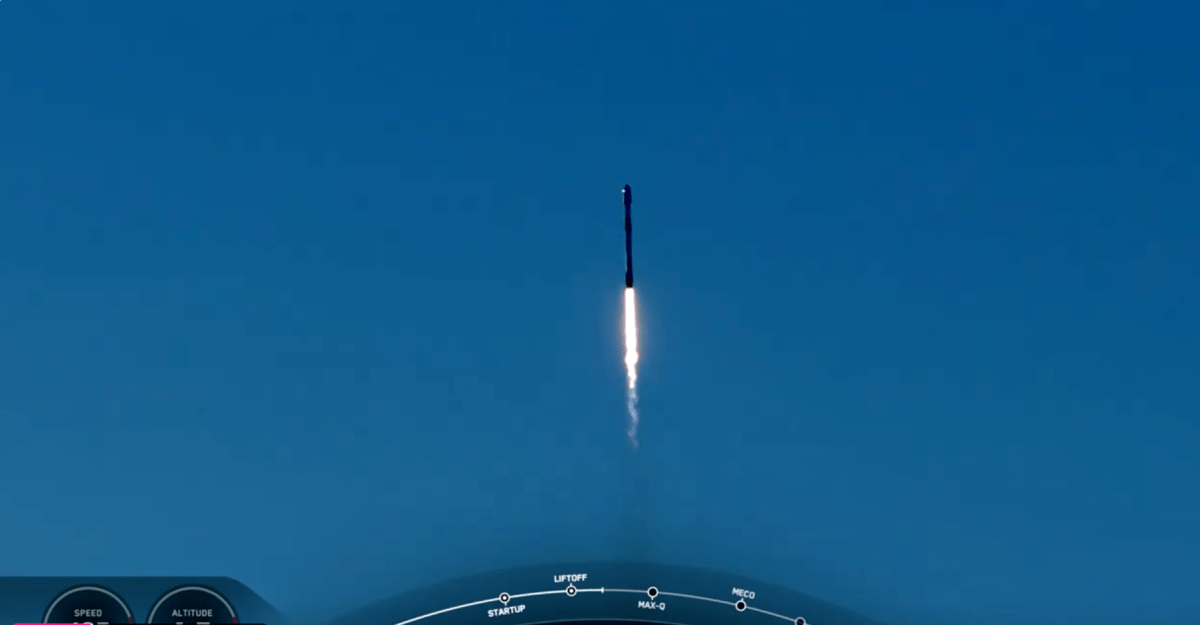WASHINGTON — A SpaceX Falcon 9 launched two communications satellites Aug. 11 for Space Norway’s Arctic Satellite Broadband Mission (ASBM). The rocket lifted off at 10:02 p.m. Eastern from Vandenberg Space Force Base, California.
Space Norway is a state-owned enterprise that provides satellite communication services and infrastructure for government, defense and commercial industries.
The ASBM satellites, built by Northrop Grumman, are designed to provide broadband communications services over the North Pole and high-latitude areas.
Each ASBM satellite carries multiple payloads, including the U.S. military’s Enhanced Polar System-Recapitalization (EPS-R) for secure communications, an X-band payload for the Norwegian Armed Forces, a Global Xpress Ka-band payload for commercial satellite operator Viasat, and a Norwegian Radiation Monitor payload.
Both satellites were inserted into a Molniya highly elliptical transfer orbit. ASBM is the first mission to a highly elliptical orbit carrying commercial broadband payloads. It also marks SpaceX’s first launch to this type of orbit. A Molniya orbit is tilted at a steep angle (about 63.4 degrees) relative to the Earth’s equator. This means that the satellite can travel over the northern and southern parts of the Earth, allowing it to cover areas that are usually not well-served by other orbits.
The Falcon 9’s first stage supporting the ASBM mission performed its 22nd flight. Following stage separation, the first stage landed on a drone ship stationed in the Pacific Ocean.
Named ASBM-1 and ASBM-2, the satellites were built on Northrop Grumman’s GEOStar-3 bus platform and will operate in highly elliptical polar orbits.
According to the U.S. Space Force, the EPS-R will be the first operational U.S. military payload hosted on a commercial satellite operated by an international partner, marking a significant milestone in military-commercial collaboration.
Troy Brashear, Northrop Grumman’s vice president of satellite missions, said this mission “will help fill a large demand for communications in an area that cannot be served by traditional geostationary satellites.”
Brashear, a retired U.S. Air Force officer with Arctic deployment experience, noted the region is gaining attention not only for its natural resources but also for its strategic shipping lanes. “The need for robust communication capabilities has become increasingly critical for both military and commercial users,” he told SpaceNews.
Northrop Grumman was selected by Space Norway in 2019 to construct the two satellites, with the EPS-R payloads developed under a separate contract with the U.S. Space Force.
